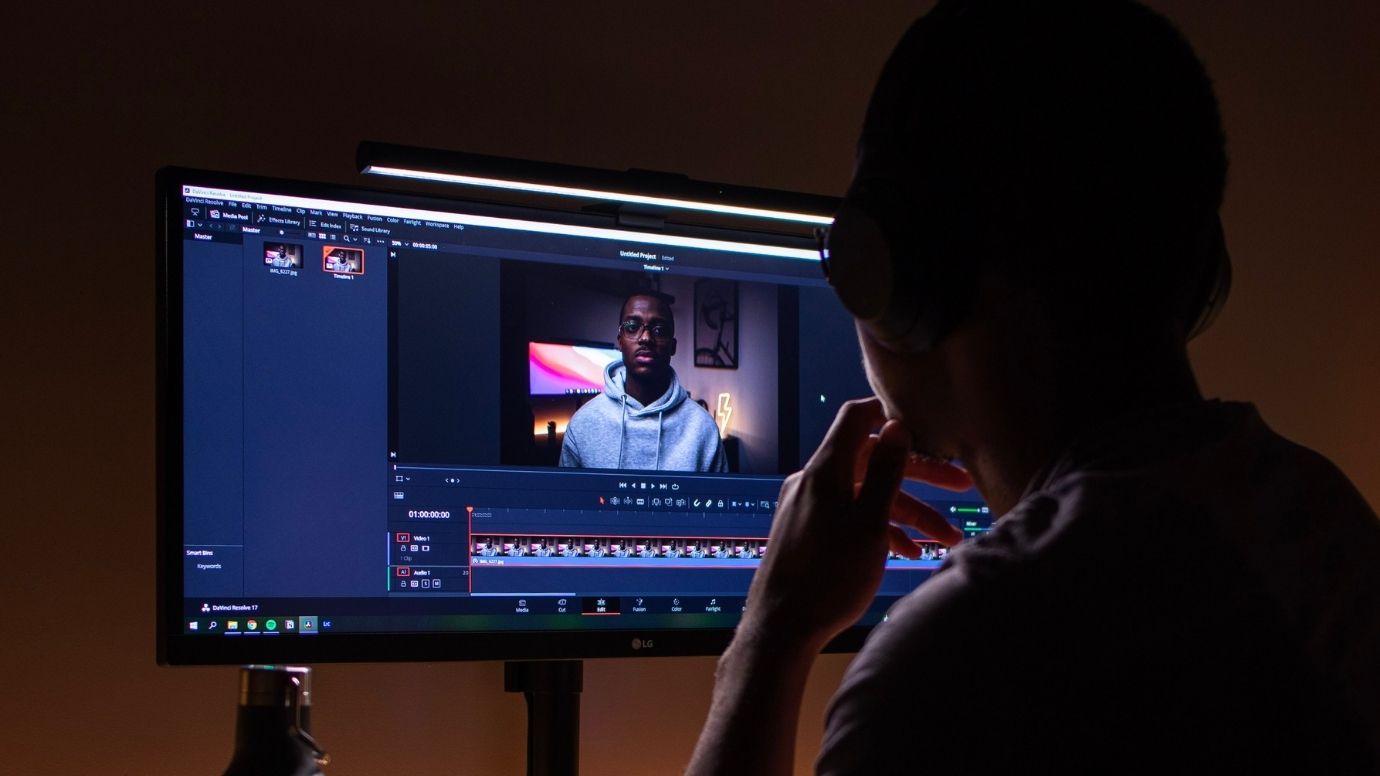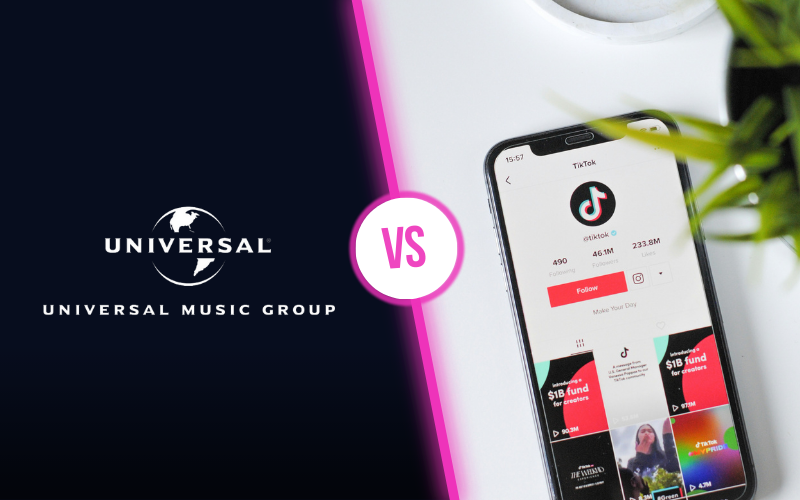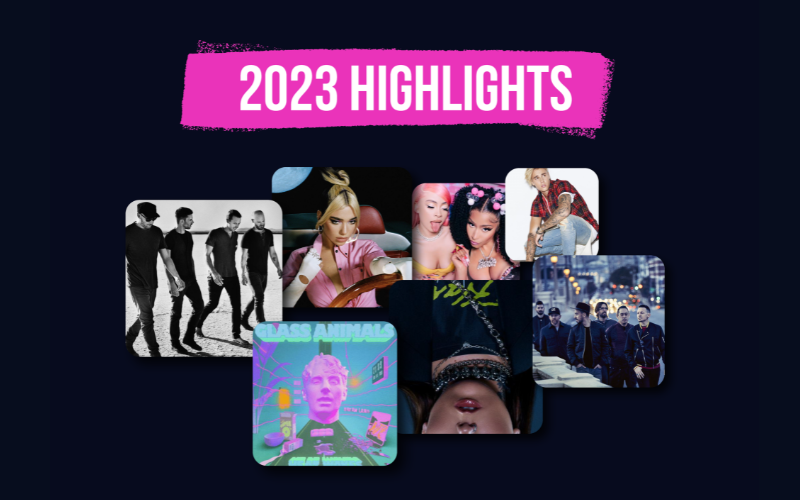If you’re serious about making a splash and earning money from YouTube, you really need to make your videos pop. Using popular music is a surefire way to do that but to avoid copyright claims you’ll need to understand how music licensing works for YouTube videos.
YouTube has specific rules around the music you’re allowed to use in your videos. Now more than ever you’ll need to understand what music licensing is and how you can get a license. That’s what you’re reading this for, and never fear, we’ve got you covered.
What is music licensing?
At its most basic, music licensing is a simple thing. “Licensing” a song is just getting permission to use it in a creative work like a movie, TV show, video game, live event, or even a YouTube video. That’s not all you need to know, though. In practice, the world of music licensing is pretty complicated. Read on to learn the basics and find out more about the platforms that can help you through the labyrinthian world of music licensing.
First things first – what is a song?
The first thing to understand is there’s a difference between a song and a recording. A song is defined as a melody plus an optional lyric. A song is an intellectual property that may or may not get recorded.
A recording is just that – a recording of a song. A recording exists as a separate legal entity and is often owned by a different person or company. This is important because a song could be recorded by more than one musician. The recordings would be different, but the song itself is still the same. Think of something like “Valerie”, written and recorded by The Zutons, and then remade later by Mark Ronson and Amy Winehouse. Two different recordings, one song.
This may seem a bit in-depth, but it’s important to know when it comes to music licensing for YouTube videos, because you may need permission from two different people or companies to use the work in your video.
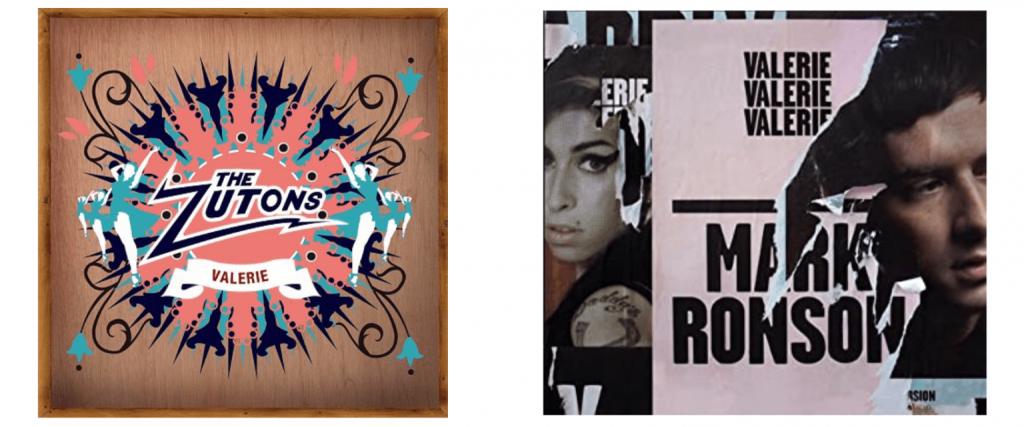
How music licensing usually works
In industries like film and TV, music licensing goes one of two ways. Either producers want to use a song and they find the owners, negotiate a fee and get written permission to use it, or they put out a request for music to music creators, pick what they like, and then negotiate the fee.
There are always two sides to these deals: one for the song itself, called a sync license, and one for the recording, called a master use license. Sometimes the two are combined into one payment, but it’s really two. If the recording is owned by someone other than the song owner, then two deals have to be made.
To make things more complicated, music that’s broadcast on television shows, live performances, and some digital performances are subject to performance royalties. This means that producers of TV shows and other broadcast media have to pay again every time the song in question is “performed” (ie: broadcast), at rates set partially by law and partially by performing rights organizations (PROs). How these rates are set is incredibly complex and it’s the subject of much controversy and change of late.
How music licensing works for YouTube videos
Licensing music for a YouTube video is no different than any other production, really. You need the same permission, what you pay upfront is still negotiated with the owners of the song (and recording), and you may still be liable for performance royalties.
The big difference is you’re probably not Disney or Warner Brothers. This means you probably don’t have access to the people necessary to make the deal, and you may not be able to afford the fee.
The other difference is YouTube’s Content ID system. This system keeps a database of millions of recordings which have been registered with YouTube. Each of these recordings has a digital “fingerprint”, meaning YouTube’s algorithms can recognize when you use it in a video. If YouTube finds a registered recording in your video, it flags it as containing “copyrighted content”.
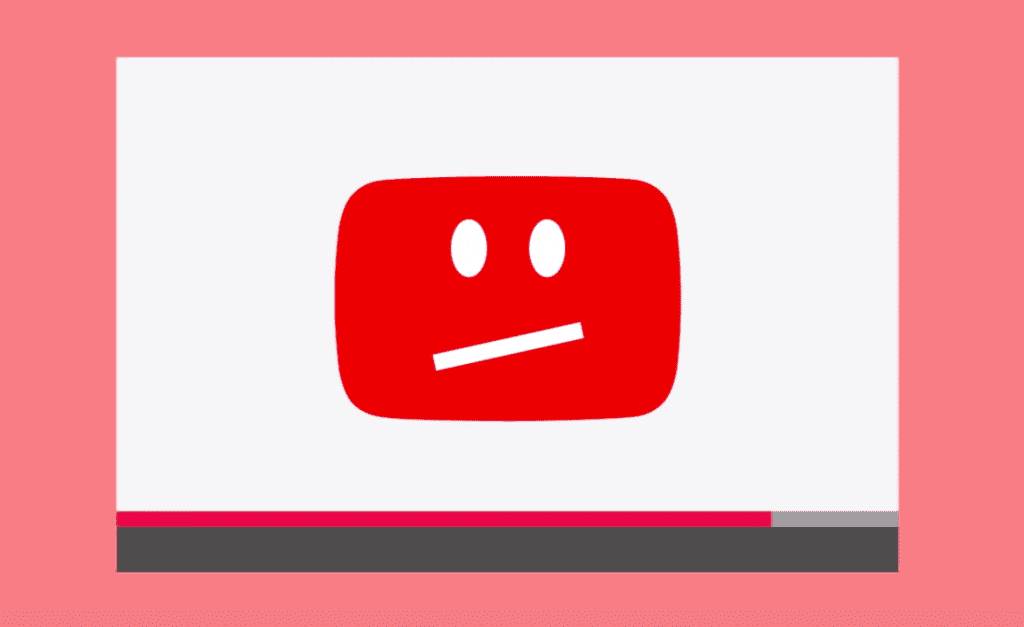
Usually, you can still post these, but you can’t monetize your YouTube videos, which means no ad revenue. In some cases, the record label that owns the recording will force the video to be taken down. That’s up to them.
You do have options, though. You can always seek permission directly from the owners of a song and recording. If you’re able to get permission, they can whitelist your channel, or you may be able to file a dispute with YouTube. This option is often very time-consuming and can be pretty pricey, read on to find out about a quicker and easier way to license music for your videos.
A better way to get music for your YouTube videos
There is another way to legally get music into your video, without having to look everywhere for who owns material, pay exorbitant rates, or manage years of royalty payments. Music licensing platform Lickd was created for this exact reason, to make music for content creators as easy, affordable and stress-free as possible.
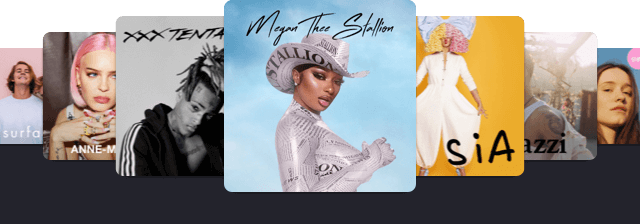
Companies like Lickd pre-negotiate affordable rates with labels and independent musicians, gather tracks in easily searchable playlists, and make sure you won’t be stopped by YouTube content ID’s flagging system. This is by far the most efficient way for you to legally use music in your YouTube videos and not pay a fortune.
Lickd has over 1 million tracks and we’re adding more every single day. On top of that, we also have the biggest library of stock music tracks so you can get everything you need in one place.
Now that you know a little more about music licensing, and how to properly license stock music for YouTube videos, we hope your next video production is a breeze! Remember that you get 25% off your first mainstream song and 14 days of stock music for free, so why not try it out?
